How to Fix Keyboard Automatically Doing Shortcuts While Typing?
If your keyboard executes shortcuts automatically while you’re typing, it may be due to a modifier key (such as Ctrl, Alt, or Windows) being stuck. This can trigger actions unintentionally, such as opening or closing windows or applications, which often require a combination of these modifier keys with letter keys. Additionally, accessibility features like Sticky Keys or Filter Keys, meant to assist users with special needs, might be activated inadvertently, producing similar behaviors without any keys being physically stuck.
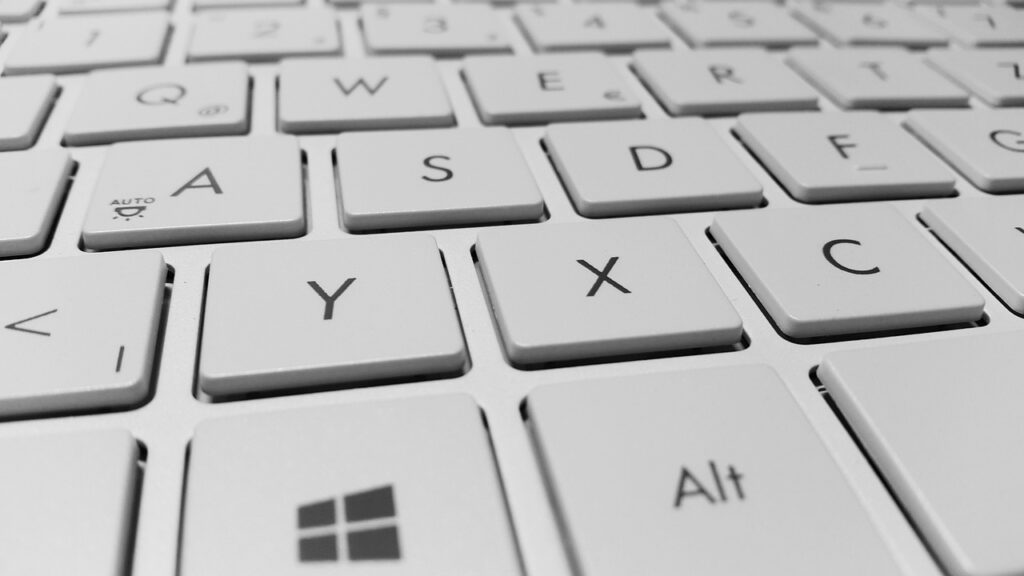
Issues with automatic shortcut execution could stem from hardware problems, damaged drivers, a software glitch, or the accidental activation of a shortcut mode on your computer.
Let’s explore some potential solutions!
1. Press Ctrl + Alt + Del
Pressing the Ctrl + Alt + Del keys simultaneously is a simple yet effective fix for many users. This command interrupts the system’s current state and can disengage any stuck modifier keys, stopping the automatic execution of shortcuts.
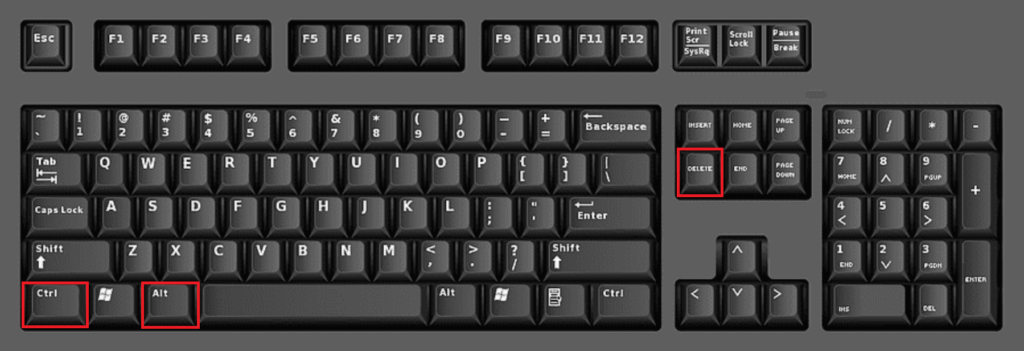
2. Restart Your Computer
Restarting your computer can quickly resolve software issues that cause modifier keys to stick. This process clears any temporary data that might contain the bug and refreshes your system.
Here’s how to restart your computer:
- Navigate to the Start menu.
- Click on the Power icon.
- Choose Restart from the options.
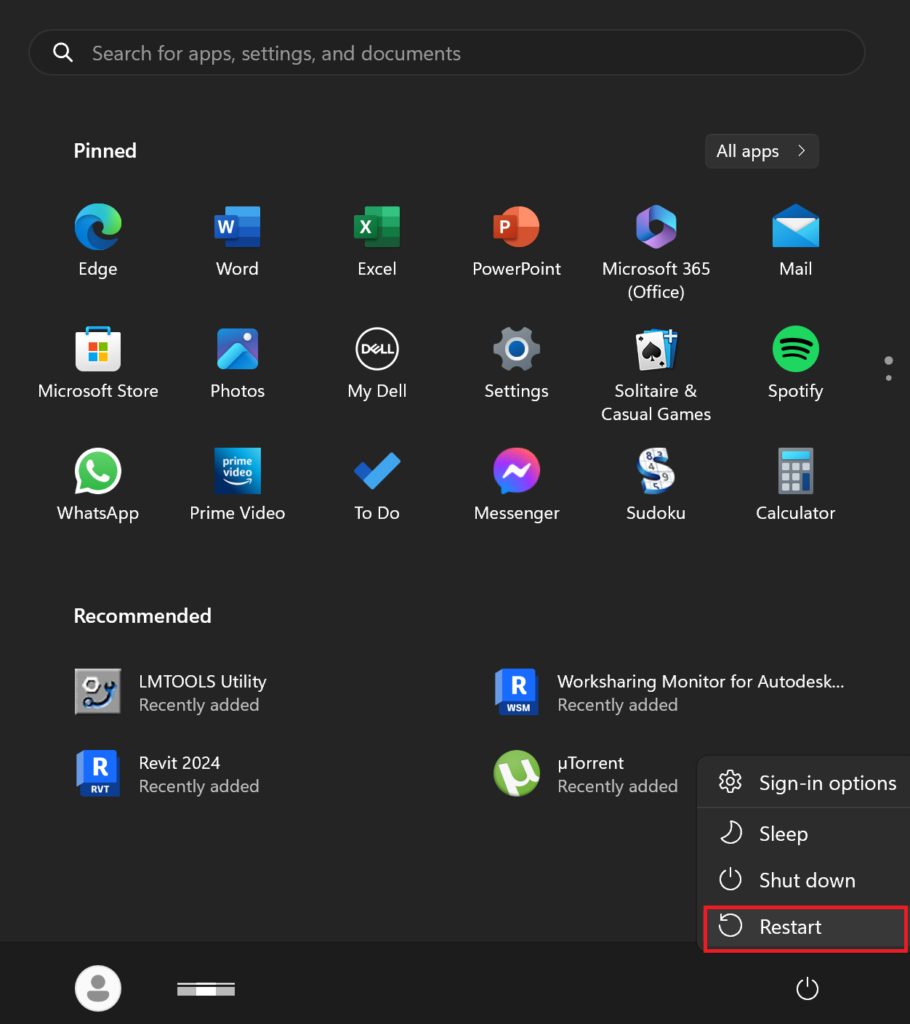
- After your PC restarts, check to see if the keyboard is functioning correctly.
3. Disable Sticky and Filter Keys
Windows offers accessibility features like Sticky Keys, Filter Keys, and Toggle Keys to help users who have visual impairments, hand tremors, or those who find standard typing methods inconvenient.
Sticky Keys allow you to perform keyboard shortcuts sequentially instead of simultaneously, which is helpful if pressing multiple keys at once is difficult. Filter Keys help by ignoring brief or accidental repeated keystrokes, offering an improved typing experience for users with fine motor challenges. Though useful, these features can be accidentally enabled, for instance, Sticky Keys by pressing the Shift key five times in a row. To turn off these features, follow these steps:
- Click the Search icon on the taskbar.
- Type Settings in the search box.
- Open Settings from the search results.
- In Settings, select Accessibility from the list on the left.
- Scroll down to Keyboard and click to select it.
- Toggle off Sticky Keys and Filter Keys.
- If you wish, you can also toggle off Toggle Keys to disable the sound cues for Caps Lock, Num Lock, and Scroll Lock.
- Close the Settings window and restart your computer.
- After restarting, verify that the issue with the keyboard has been resolved.
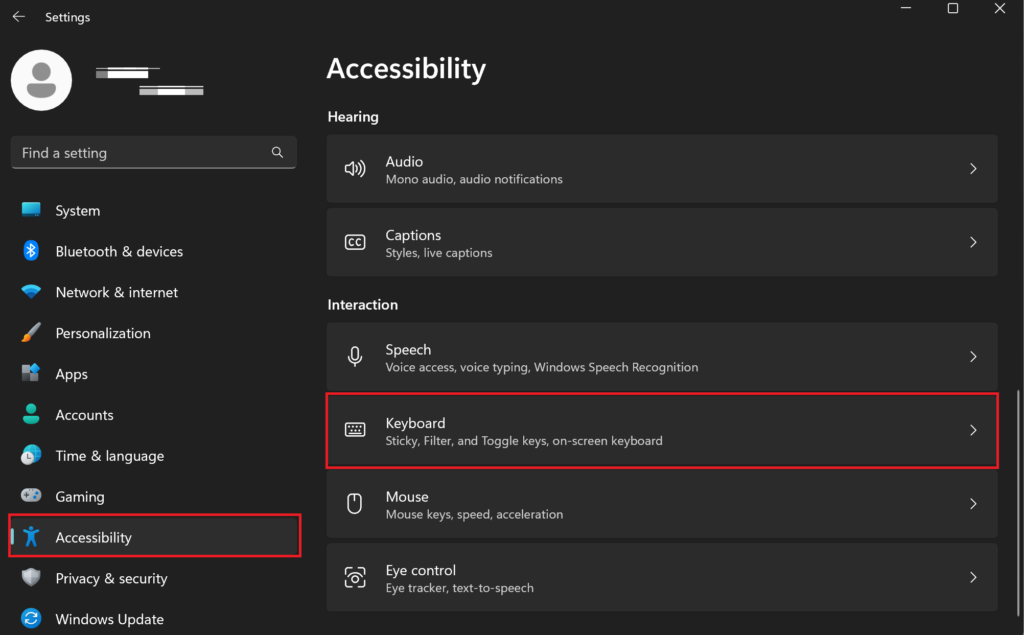
4. Run Keyboard Troubleshooter
For Windows 10 or earlier systems, you can use the keyboard troubleshooter, which scans and fixes keyboard-related issues. To run the troubleshooter:
- Open the Start menu and go to Settings.
- In Settings, navigate to Update & Security and select Troubleshoot.
- Find the Keyboard troubleshooter and select it.
- Click the Run the troubleshooter button.
- Follow any on-screen instructions that appear during the troubleshooting process.
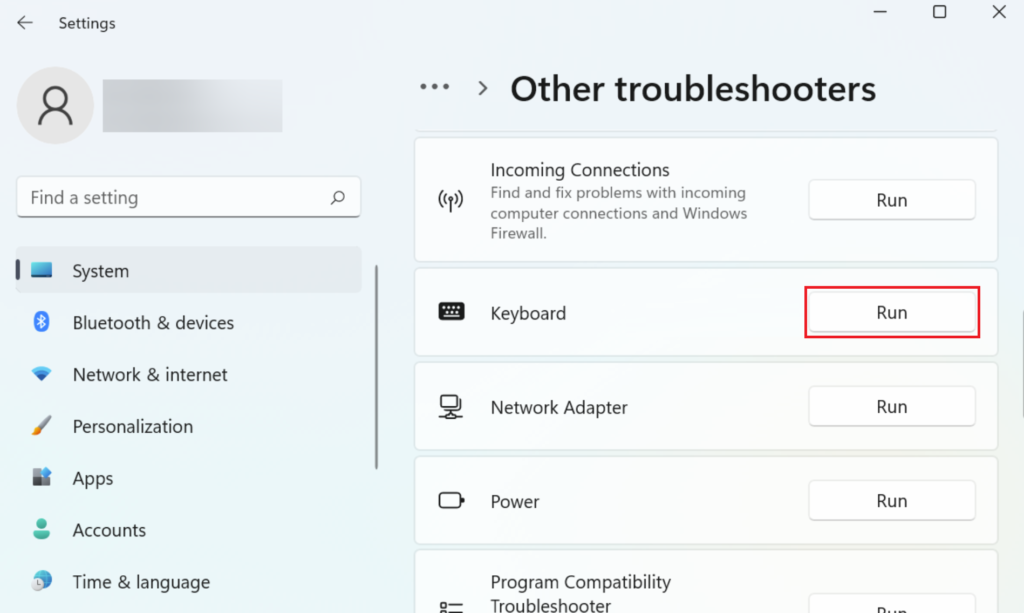
Note: As of Windows 11, the keyboard troubleshooter is no longer included. Windows 11 users may go to Settings > System > Troubleshooter for similar options or proceed with the next solutions.
5. Update or Reinstall Keyboard Drivers
Corrupted or outdated keyboard drivers can lead to improper functioning. To address this, update or reinstall the keyboard drivers. Here’s how to update your keyboard drivers:
- Right-click on the Start menu and select Device Manager.
- Expand the Keyboards section.
- Right-click on your keyboard listing and choose Update driver.
- Select Search automatically for updated driver software and follow the prompts to install updates.
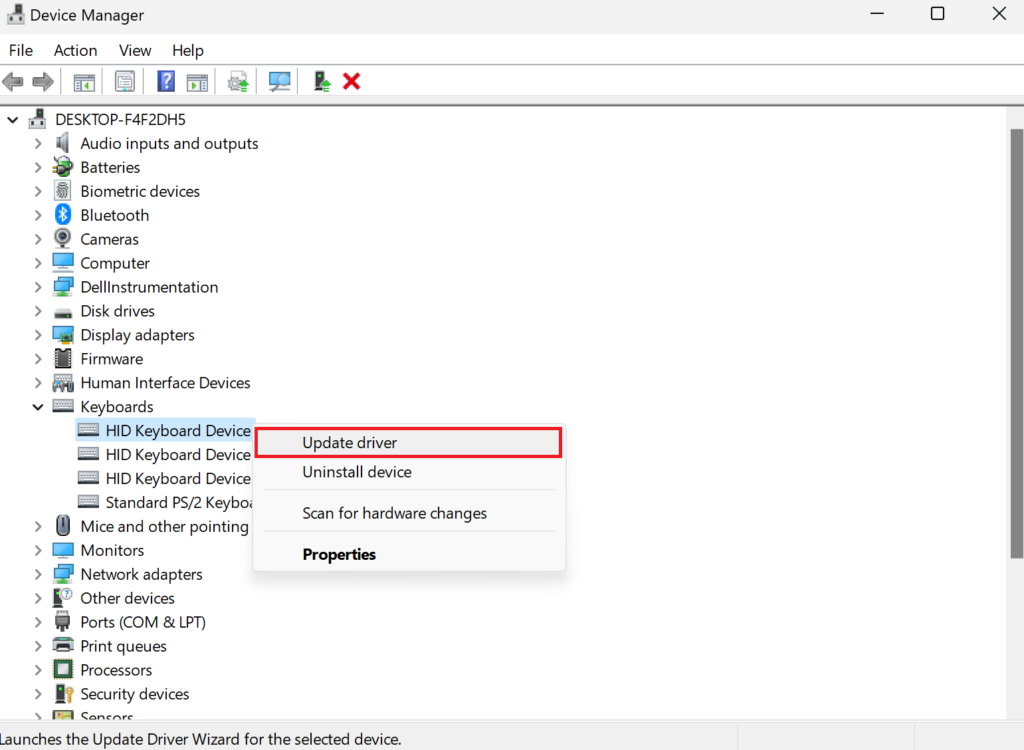
To reinstall your keyboard drivers:
- Right-click on the Start menu and go to Device Manager.
- Navigate to the Keyboards section and expand it.
- Right-click on your keyboard device and choose Uninstall device.
- Select Uninstall when prompted to confirm the action.
- After uninstallation, restart your computer to allow Windows to automatically reinstall the required drivers.
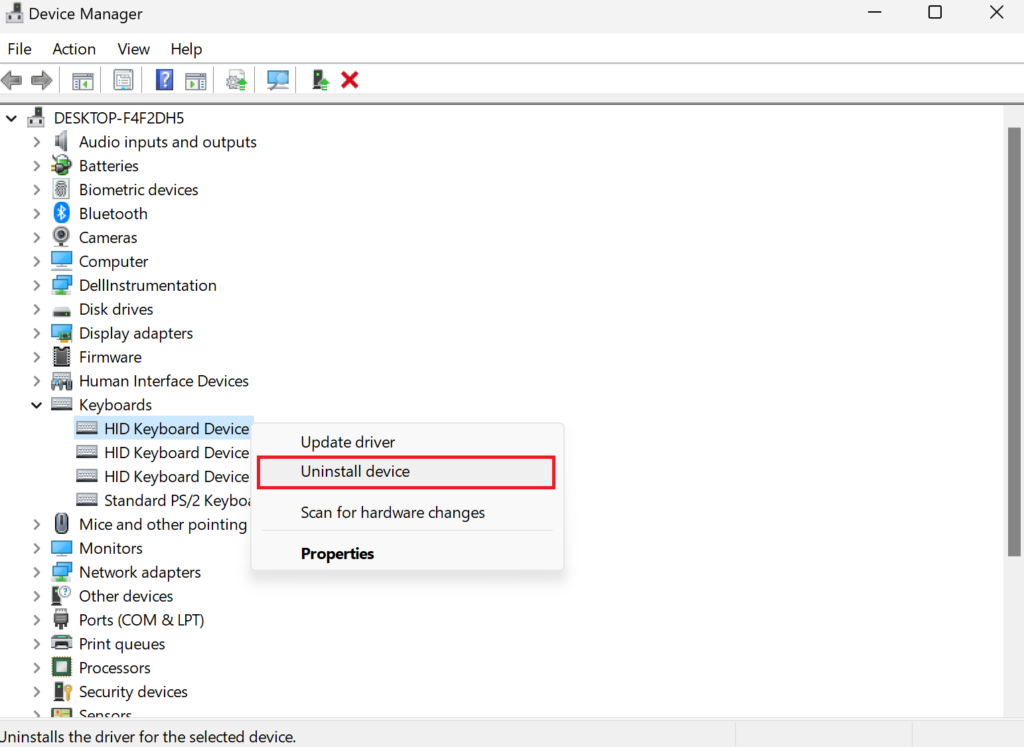
6. Disable Windows Ink Workspace
For users with pen-based or touchscreen interfaces running Windows 10 or 11, Windows Ink Workspace is enabled by default. If the Ink Workspace shortcut is causing issues with keyboard shortcuts, here’s how to disable it:
- Right-click the Windows Ink Workspace icon in the system tray (if available) and select Settings.
- In the Pen & Windows Ink settings, find the section related to Windows Ink Workspace and disable any activation shortcuts.
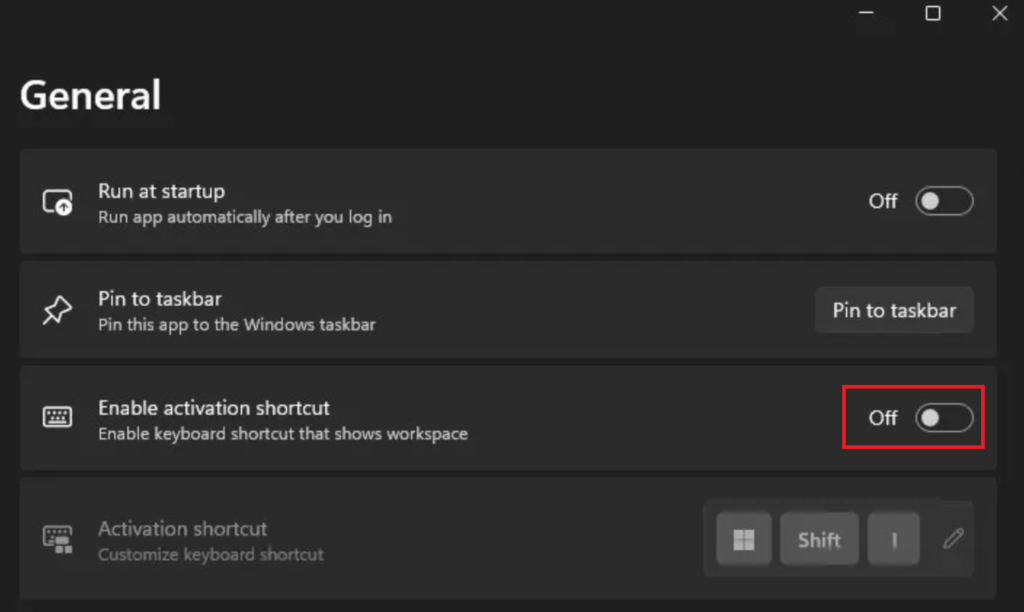
7. Uninstall Recent Windows Update
If your keyboard started executing shortcuts automatically after a Windows Update, you might need to uninstall that update to reverse its effects. Here’s how:
- Click the Start menu and open Settings.
- In Settings, navigate to Update & Security and then to Windows Update.
- Select View update history.
- Click on Uninstall updates.
- Locate the recent update and select it.
- Click the Uninstall option to remove the update.
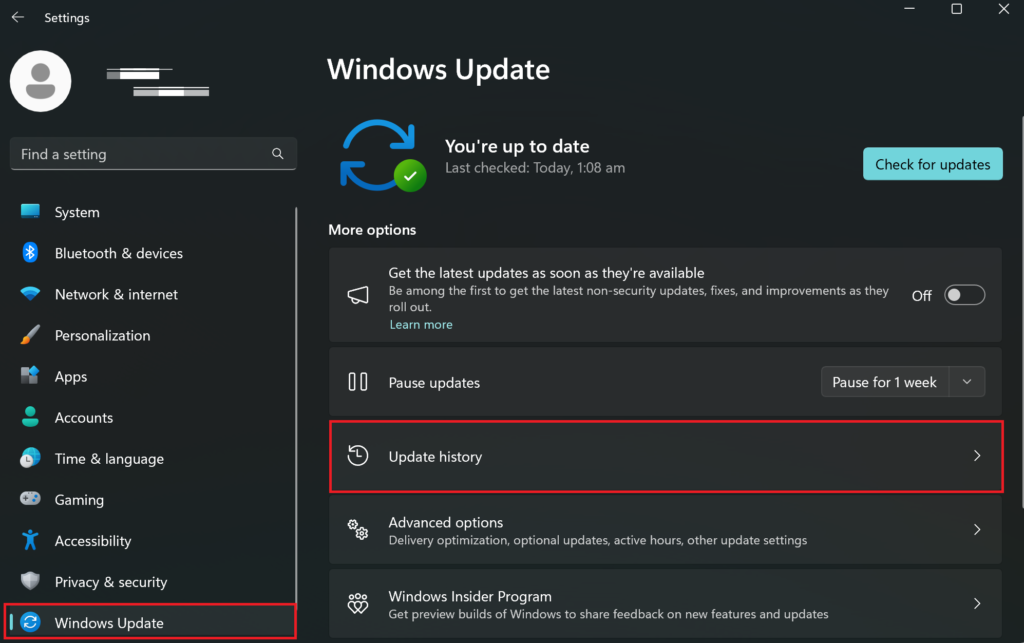
8. Check Keyboard for Hardware Problems
Inspect the keyboard for any stuck modifier keys by gently pressing down on them. Avoid using excessive force as this could cause more damage. Cleaning the keyboard regularly can prevent issues arising from dirt and debris. To isolate the problem, try connecting an external keyboard to see if the same behavior occurs. If an external keyboard works fine, the issue is likely with the hardware of your built-in keyboard, which may require professional repair or replacement.
Keyboard Automatically Doing Shortcuts - FAQs
Random key presses can be caused by outdated drivers, so updating your keyboard driver may fix this issue. Other possible culprits include a faulty keyboard or incorrect settings that could be triggering unexpected behavior. Testing with an external keyboard can help determine if the issue is hardware-related.




